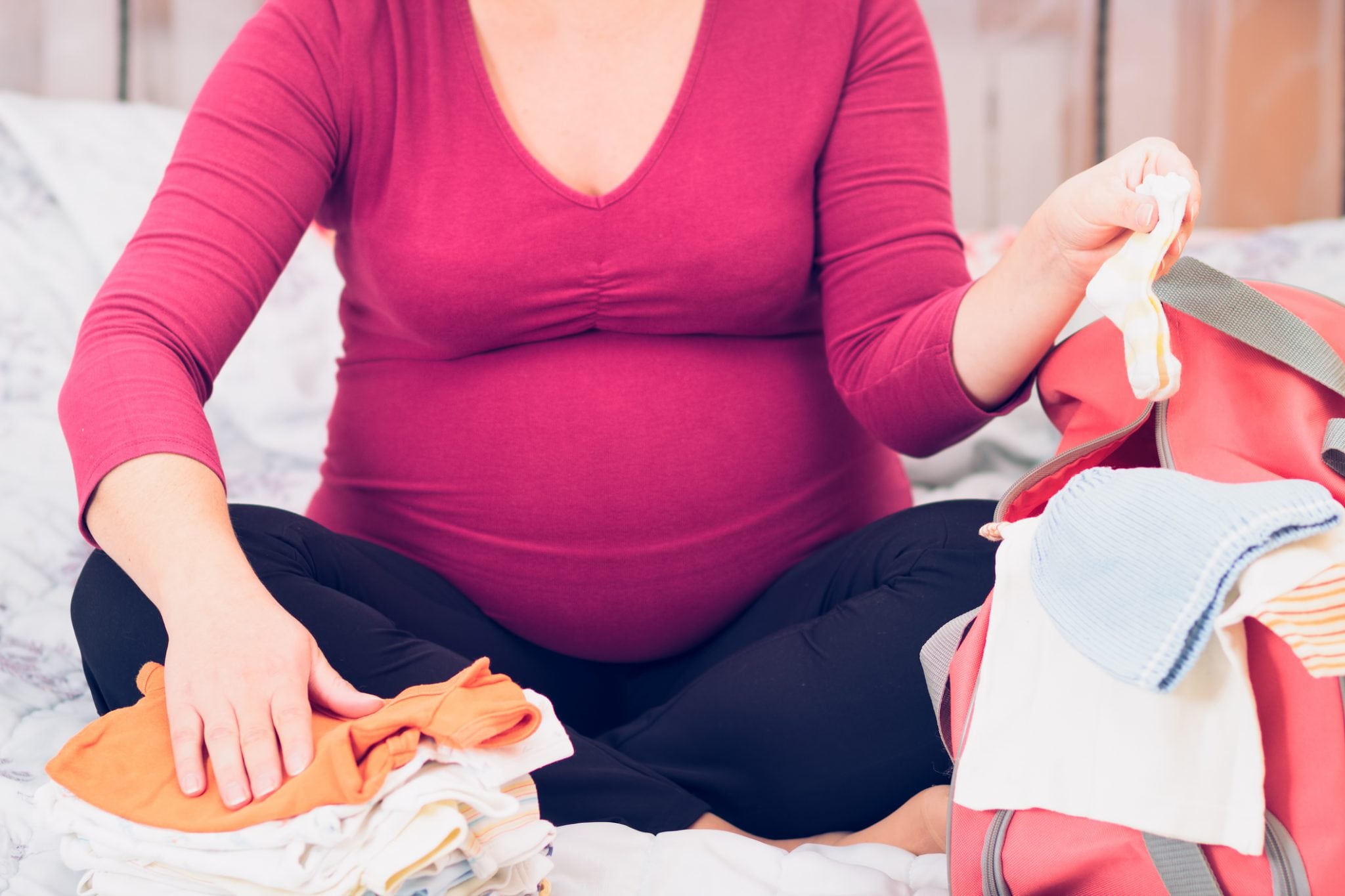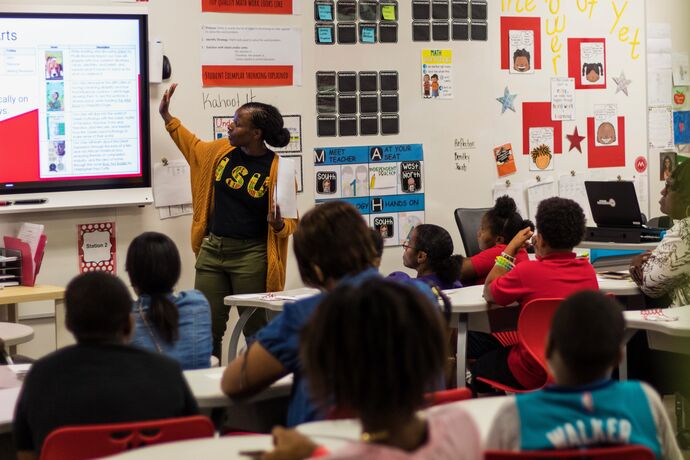
10 Tips for Packing and Moving Children’s School Supplies
November 27, 2024Moving is difficult, but moving with children is different. Add the avalanche of school supplies—pencils, notebooks, art projects, and the odd science fair volcano—and now your movement feels like an endless search hunt. But inhale before you start stuffing things into sturdy boxes. Packing and transferring your children’s school supplies might be a lot less stressful if you use some creative tactics and a little organisation. These ideas can help you keep the mess under control and guarantee that every crayon and rubber arrives safe and sound, whether your relocation is to a better school district, upsizing or downsizing.
Table of Contents
1. Start with a Declutter: Keep Only What’s Necessary
Ask your youngster what they really need before you start to consider packing. Children pick up so much over a school year—old workbooks, broken crayons, half-used notebooks. Sort supplies into three piles: keep, donate, and throw as you go through everything with them. This presents a fantastic chance to teach your youngster to let go of extraneous objects. You will also have less to pack—always a benefit!
Talk to your children about helping to determine what stays and what goes. Perhaps the half-broken ruler has emotional worth, or maybe those artistic materials could be given to a friend. Make sure you’re not packing clutter; it just emphasises the mess and increases the expenses in time and moving boxes.
2. Invest in Good Quality Moving Boxes
Here is where you would want to invest a small amount: buy moving boxes in several sizes. Not all boxes are made equal; you don’t want to be re-packing everything since a thin box gave way halfway down the stairs. Large textbooks, delicate science projects, and stacks of artwork without any mishaps fit sturdy, well-made moving boxes.
Buy smaller moving boxes for bulky goods like books and bigger ones for less-needed stuff. Specialised boxes with dividers are sold by many moving companies and are great for cleanly separating little objects like pencils, markers, and craft tools. Although it seems like a little detail, buying moving boxes transforms the way you arrange your child’s school supplies.
3. Label, Label, Label!
As you begin packing, mark each individual box with its contents and room of origin. Though it sounds clear-cut, many neglect this step and later regret it. Check that the writing is clear by using a strong marker. When it’s time to unpack, you will thank yourself for knowing exactly which box holds your child’s art supplies and which one has the necessary school books.
To make it more entertaining for the children, you may even get creative and include colour-coded labels or stickers. Including children in this process not only keeps them involved but also guides them in knowing where their belongings are kept. Furthermore, unpacking is easy when everything has labels; you won’t have to search through boxes looking for missing homework folders!
4. Protect Artwork and Fragile Projects
For all those valuable artworks and fragile scientific projects, think about purchasing specialised packing tools. Use bubble wrap, packing paper, and foam inserts. For artwork, keep it flat and tidy by sliding it into protective plastic sleeves or a portfolio case. What to do with those shaky volcanic models? Carefully wrap them, then pack any voids with packing peanuts to stop movement in the box.
Remember that these objects are your child’s labour and imagination, not just material. Not only does appropriate packing keep them secure, but it also lets your children know their efforts are appreciated. Examining a properly kept art creation also feels like opening a bit of nostalgia.
5. Create a ‘School Supplies Survival Kit’
The survival gear comes last once everything is packed. While still searching for the coffee maker—let alone your child’s preferred notebook—this is your go-to box for the first week following your move. Add basics like pencils, erasers, a sharpener, some notebooks, and any other daily usage item your youngster needs.
Having this box will save you from rumbling through boxes when your child suddenly remembers she has schoolwork due. It also makes the first few days in your new house somewhat less busy, so your child may return to their school schedule with the least disturbance.
6. Get the Kids Involved
Children prefer to feel as though they are involved in the packing process. If they would like, let them pick the boxes where they will arrange their school materials. This kind of participation can make an apparently chore-like task enjoyable for a family. It also allows them some influence over the circumstances, which can be particularly encouraging after a major relocation.
You may also create a game out of it, asking who can neatly or fastest pack their box. Turning packing into a fun game not only keeps the kids occupied but also guarantees that they know precisely where their stuff is when it comes time for unpacking.
7. Use Clear Plastic Bins for Essentials
For some things, if you have additional money, think about using clear plastic bins for cardboard boxes. For items your child uses regularly, such as art tools or little learning toys, these are particularly fantastic. When you’re looking for something particular, the clear bins help you to easily view what’s within, therefore saving you from opening every box.
These containers also provide additional defence against any moisture or damage the transfer could cause. Once you’re situated, they also function as great ways to keep school supplies ordered all year long.
8. Pack Smart with Space-Saving Techniques
Optimise space by creatively, literally outside the box. For other little goods, pack them in supply organisers and pencil cases. A lunchbox can be used as a small storage container by stuffing pencils, erasers, and scissors within it. Likewise, light materials should be put in backpacks, and the crucial box space for heavy goods should be preserved.
Often, the heaviest books should be kept in small, strong boxes to prevent them from becoming overly heavy when lifting. To avoid bending, lay them flat instead of upright. Fill gaps with soft objects like pencil boxes or little plush animals. Not only does careful packing reduce space, but it also keeps everything in fantastic shape during the journey.
9. Keep Important Papers Separate
From special certificates to report cards, there are always some things you cannot afford to lose. Rather than packing it with the other supplies, bring these with you. Keep them in a separate folder or document organiser. This will ensure that you have quick access to crucial records and that they won’t run the danger of missing in the moving shuffle.
The trick is a basic accordion file or plastic folder that will keep everything in one spot and orderly arranged. When you’re ready to move into your new house, you’ll be happy you invested the extra effort to keep these things secure and readily available.
10. Unpack the School Supplies First
Make the first item you unload at your new house the school supplies. Returning your children to their regular schedule quickly will enable them to fit into their new surroundings. Create a specific study space, sort the survival kit, and prepare those basic needs for use.
The change will go more smoothly for your children the faster you can establish normality. Moreover, a well-kept study area can be a terrific first step towards making your new property seem like home.
Final Thoughts
Although moving is always difficult, packing and transferring your children’s school supplies doesn’t have to be a tedious chore with a little preparation and some useful ideas. From buying sturdy moving boxes to including your children in the process, every small action counts greatly. Thus, take one box at a time the next time you find yourself surrounded by mountains of classroom supplies. You really own this!













